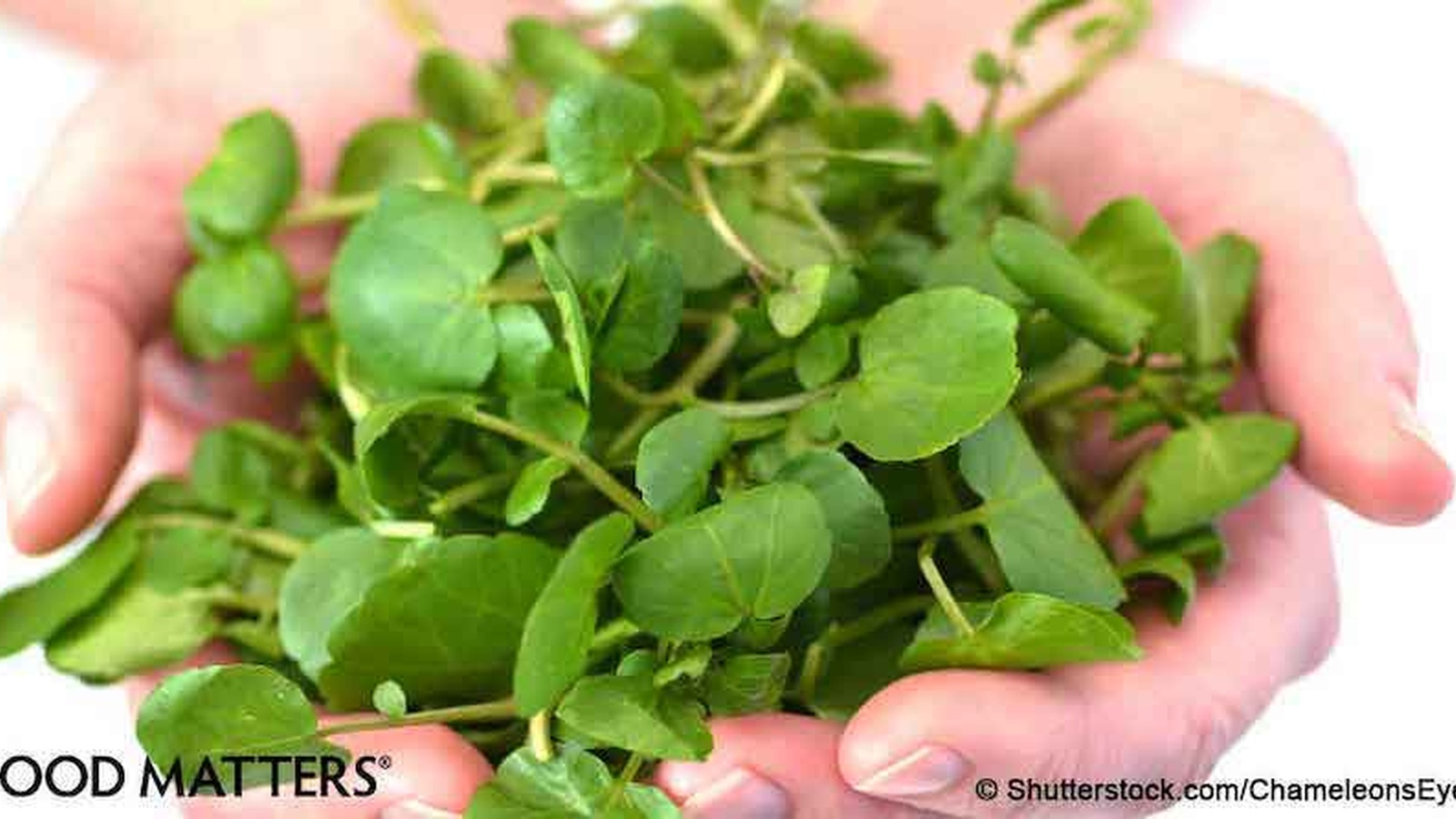Watercress: The Mind-Blowing Effects on Ovarian, Breast and Prostate Cancer Nobody Told You
Your mom was onto something when she kept telling you to eat your broccoli!
Cruciferous vegetables include broccoli, cauliflower, Brussels sprouts and cabbage and they are full of powerful compounds that combat cancer! But there’s a new green on the cancer-fighting block that you need to know about - watercress!
Watercress and broccoli shown to increase antioxidants in the blood and lower risk of prostate, colon, and breast cancers.
Cruciferous vegetables are well known for their anticancer effects. Recent research has paired watercress with these powerhouse vegetables. Watercress is showing great potential for cancer prevention and management. This peppery green has been shown to increase the levels of antioxidants in the blood and protect the body’s DNA against damage. Growing evidence now suggests that eating watercress may lower risk of prostate, colon, and breast cancer, and counteract the process in which cancer grows and spreads.
Watercress and broccoli contain glucosinolates, which are phytochemicals that produce isothiocyanates, which have been found to have anticancer effects. These compounds have been shown to protect against breast, lung, colorectal, head and neck, and prostate cancer.
When a tumor outgrows its own blood or food supply, it will then send signals to the surrounding tissue to deliver more oxygen and nutrients. Compounds in watercress has been shown to shut off this signal.
Compound produced when chewing watercress and broccoli can kill cancer stem cells within 24 hours.
New research adds to the current data that broccoli and watercress will help keep cancer at bay. This research shows that when the compounds and enzymes found in cruciferous vegetables are combined with the chewing process, phenethyl isothiocyanate (PEITC) is produced. The study found that sufficient cancer-preventing levels of PEITC can be achieved through diet alone!
When cancer is treated with chemotherapy or radiation, the tumor disappears, but the cancer stem cells live on. “These cells are frequently resistant to conventional therapies,” associate professor Moul Dey said.
“These tiny cells are very difficult to detect in a tumor,” Dey pointed, adding that for a long time scientists did not even know they existed. “It’s like finding a needle in a haystack.”
Cancer stem cells make up less than 5 percent of a tumor, but are powerful in that they can regenerate the original tumor and spread cancer to secondary locations.
The research team treated cervical cancer stem cells with PEITC and found that 75 percent of these stem cells died within 24 hours. The research team found that even low concentrations of PEITC are effective and produce similar results.
This spring and summer, stock up on broccoli and watercress and give your body the nutrition it needs to eradicate cancer cells!
What are some other powerhouse fruits and vegetables you love to include in your diet?
Do you have a passion for nutrition & natural healing?. Learn more about the Food Matters Nutrition Certification Program here.

